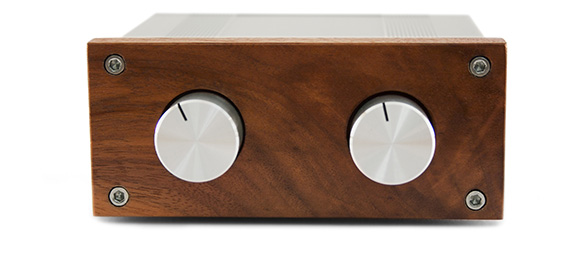The Tisbury Audio Mini Passive "preamp"
135 British Pounds, approx $225 US.
http://www.avrev.com/home-theater-p...reamps/tisbury-audio-mini-passive-review.html

135 British Pounds, approx $225 US.
http://www.avrev.com/home-theater-p...reamps/tisbury-audio-mini-passive-review.html




















